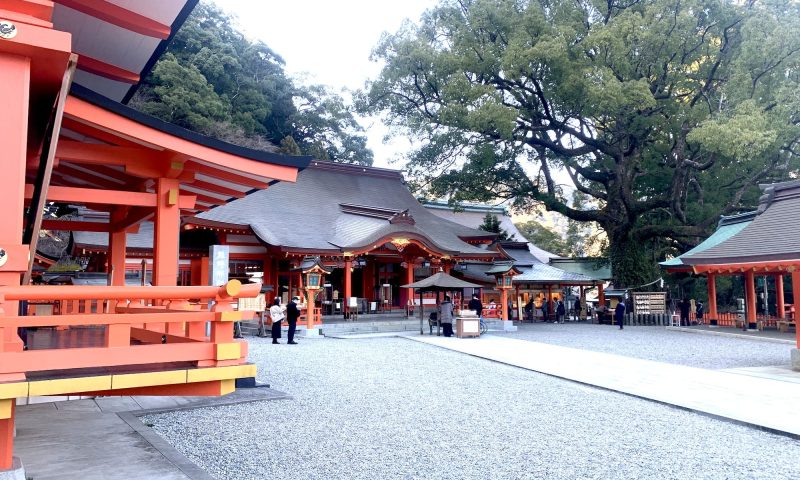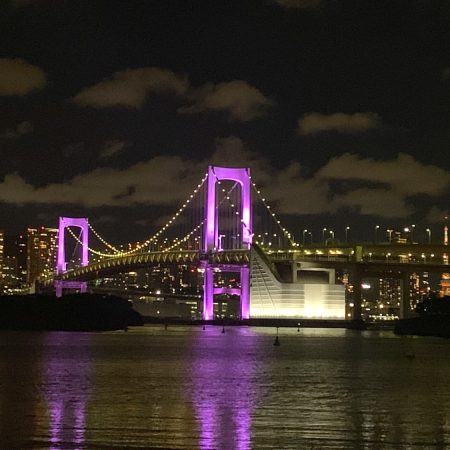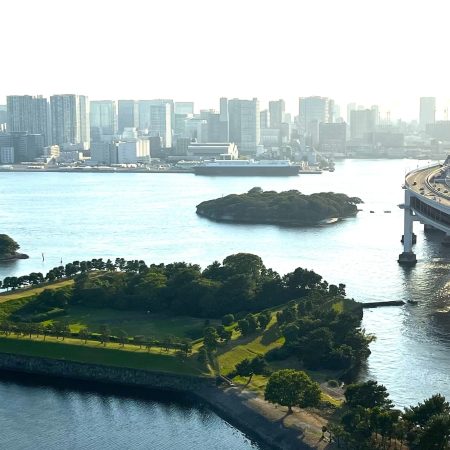The mystical Kumano region of Japan: where ancient wonders beckon and stories of devotion unfold. At the heart of this sacred landscape lies the Kumano Kodo, an intricate network of pilgrimage routes that weave through lush forests, connecting venerable shrines and temples.
This mystical trail leads seekers to Kumano-Nachi Taisha, a Shinto shrine cradling the divine essence of the 12 Kumano deities and the spirit of Nachi Falls. Nestled beside Kumano-Nachi Taisha is the breathtaking Nachi Falls, a cascading masterpiece revered for its sacred presence. This picturesque waterfall not only captivates with its natural beauty but also holds spiritual significance that transcends time.
Adjacent to Nachi Falls stands the ancient Nachisan Seigantoji Temple, a Buddhist sanctuary with roots dating back to the fourth century. Legend has it that this hallowed site was founded by a monk who embarked on a transformative journey to India, bringing back the wisdom that now resonates within the temple’s sacred walls.
In a harmonious union, Nachisan Seigantoji Temple and Kumano-Nachi Taisha were once intertwined, creating a sacred haven where followers of Japan’s native Shintoism converged with the teachings of Buddhism imported from distant lands. Today, these revered landmarks stand as a testament to the profound fusion of spiritual traditions.
Together, Kumano Kodo, Kumano-Nachi Taisha, Nachi Falls, and Nachisan Seigantoji Temple form the spiritual nucleus of the Kumano region. These revered sites beckon pilgrims along the historic Kumano Kodo Pilgrimage Route, offering an immersive experience that transcends time and connects souls with the ancient echoes of devotion.
Kumano-Nachi Taisha (熊野那智大社)
Kumano Nachi Taisha Shrine in Wakayama is a renowned Shinto shrine located on Mt. Nachi, overlooking the ocean and Nachi Falls. As part of UNESCO World Heritage, it features vermilion-colored buildings, torii gates, and a historic camphor tree. The shrine is a major pilgrimage site with religious significance rooted in the ancient nature worship of Nachi-no-Otaki, attracting visitors worldwide.
Nachisan Seigantoji Temple (青岸渡寺)
The Nachisan Seigantoji Temple, located near Kumano Nachi Taisha Grand Shrine, is the starting point of the Saigoku Pilgrimage route in the Kansai region. It has a three-story vermilion pagoda overlooking Nachi Falls, representing a blend of Shintoism and Buddhism. Split in 1868 from Nachi Taisha, the temple is a UNESCO World Heritage Site since 2004, showcasing harmonious integration with nature. As Kumano’s oldest structure, it houses cultural artifacts and offers breathtaking views of Nachi Falls, Nachi Primeval Forest, and the Pacific Ocean.
Nachi Falls (那智の滝)
Nachi Waterfall, standing at 133 meters with a 10-meter deep basin, has been a focal point of the Kumano pilgrimage for over 1300 years. Practitioners of waterfall meditation visit to connect with its divine energy, and the site is deemed sacred with a Shinto deity enshrined at Hiro Shrine. Nachi Waterfall symbolizes the profound link between the Kumano pilgrimage and nature and is integral to the UNESCO World Heritage Kii Mountain Range. Visitors are recommended to explore it on sunny days for a stunning reflection or on rainy days and early mornings for a tranquil atmosphere.
Kumano Kodo (熊野古道)
The Kumano Kodo pilgrimage routes, taken by people for over a millennium, offer a spiritual journey through the mountains of the Kii Peninsula. The paths connect participants with ancient traditions, emphasizing the significance of the pilgrimage experience. The 1.3-kilometer route to Kumano Nachi Taisha Grand Shrine and Nachi Falls features moss-covered stone steps, ancient cedars, the Daimonzaka Tea House, Furigase Bridge, and the enduring “husband and wife cedar trees.” Designated a UNESCO World Heritage site in 2004, the Kumano Kodo invites exploration of Japan’s cultural and natural richness.













